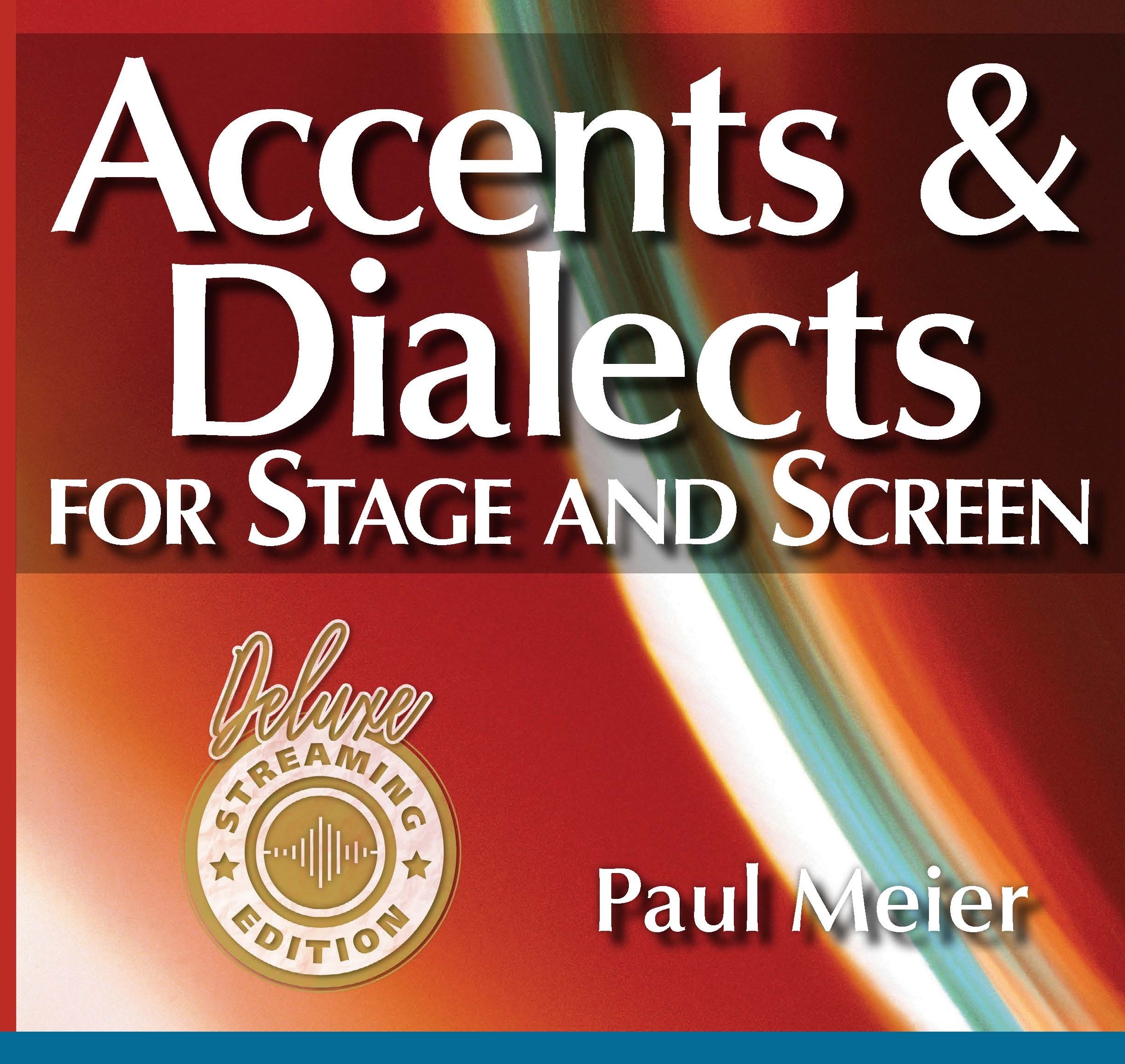Florida 21
Listen to Florida 21, a 64-year-old woman from Central Florida, United States. Click or tap the triangle-shaped play button to hear the subject.
Both as a courtesy and to comply with copyright law, please remember to credit IDEA for direct or indirect use of samples. IDEA is a free resource; please consider supporting us.
BIOGRAPHICAL INFORMATION
AGE: 64
DATE OF BIRTH (DD/MM/YYYY): 21/01/1954
PLACE OF BIRTH: Havana, Cuba
GENDER: female
ETHNICITY: Cuban/Caucasian
OCCUPATION: fitness instructor and personal trainer
EDUCATION: Bachelor of Arts degree in English Education from the University of Florida
AREAS OF RESIDENCE OUTSIDE REPRESENTATIVE REGION FOR LONGER THAN SIX MONTHS:
The subject spent the first eight years of her life in Cuba. She has also lived roughly 16 years of her adult life in Egypt. Here is a breakdown of where she has lived and at what age:
0-8: Matanzas, Cuba
8-13: Miami, Florida
13-20: Winter Haven, Florida
20-21: Tampa, Florida
21-26: Gainesville, Florida (University of Florida)
26-35: Orlando, Florida
35-41: Cairo, Egypt
41-44: Cocoa Beach, Florida
44-52: Cairo, Egypt
52-61: Orlando, Florida
61-64 (Present): Cairo, Egypt
OTHER INFLUENCES ON SPEECH:
The subject has lived in Cairo, Egypt, for many years because of her husband’s job there as an engineer. She has learned basic Arabic over the years and uses it frequently to navigate around town. The subject also speaks fluent Spanish, thanks to her Cuban roots.
The text used in our recordings of scripted speech can be found by clicking here.
RECORDED BY: Sarah Maria Nichols
DATE OF RECORDING (DD/MM/YYYY): 06/08/2018
PHONETIC TRANSCRIPTION OF SCRIPTED SPEECH: N/A
TRANSCRIBED BY: N/A
DATE OF TRANSCRIPTION (DD/MM/YYYY): N/A
ORTHOGRAPHIC TRANSCRIPTION OF UNSCRIPTED SPEECH:
Yes, one – so, one of my m-most, uh, memorable memories when I was little, since I was born in Cuba. And I came to the United States as a third-grader. So my first day in the third grade classroom, you know, I walk in; I, I’m not prepared; I don’t have anything to write with or anything, so I, you know, sit down in the chair. And, um, the s – teacher begins to talk, and I cannot understand a word she is saying. And I see the kids around me pulling out paper and pencils and, you know, they start to get prepared, and I have no idea what’s going on, and I don’t have anything. And so I just became really scared and sad, and I started to cry. [She chuckles.] And the, you know, the kids around me: Somebody gave me some paper; somebody else gave me some, you know, a pencil to write with. And, uh, d – to this day I have no idea what happened after that [chuckles], but I do remember that as being, you know — I mean it was significant. It was my first introduction; I remember that particular teacher. I remember her name was Miss Sprouse. She was such a, uh, an incredible individual; she helped me a lot. And I do remember also she stayed after school with me, just to talk, just to talk; and I learned a lot. That was third grade, back in 1962. It was a good memory. Yeah. [She laughs.]
OK, these are common proverbs and sayings in Spanish:
“Dime con quién andas, y te diré quién eres,” which means, “Birds of a feather flock together; tell me who you hang out with, and I’ll tell you who you are.”
“Barriga llena, corazón contento.” Basically it means, “Full belly, happy heart.”
“Camarón que se duerme se lo lleva la corriente,” which means, “You snooze, you lose.” Literally, “The shrimp that goes to sleep, the current takes it away.”
TRANSCRIBED BY: Sarah Maria Nichols
DATE OF TRANSCRIPTION (DD/MM/YYYY): 18/08/2018
PHONETIC TRANSCRIPTION OF UNSCRIPTED SPEECH: N/A
TRANSCRIBED BY: N/A
DATE OF TRANSCRIPTION (DD/MM/YYYY): N/A
SCHOLARLY COMMENTARY:
As a result of her degree in English education, and twelve years of teaching both middle school and high school English, both the subject’s English and Spanish become more academic and less regional, particularly when she is reading aloud.
COMMENTARY BY: Sarah Maria Nichols
DATE OF COMMENTARY (DD/MM/YYYY): 18/08/2018
The archive provides:
- Recordings of accent/dialect speakers from the region you select.
- Text of the speakers’ biographical details.
- Scholarly commentary and analysis in some cases.
- In most cases, an orthographic transcription of the speakers’ unscripted speech. In a small number of cases, you will also find a narrow phonetic transcription of the sample (see Phonetic Transcriptions for a complete list). The recordings average four minutes in length and feature both the reading of one of two standard passages, and some unscripted speech. The two passages are Comma Gets a Cure (currently our standard passage) and The Rainbow Passage (used in our earliest recordings).
For instructional materials or coaching in the accents and dialects represented here, please go to Other Dialect Services.
 IDEA: International Dialects of English Archive
IDEA: International Dialects of English Archive


